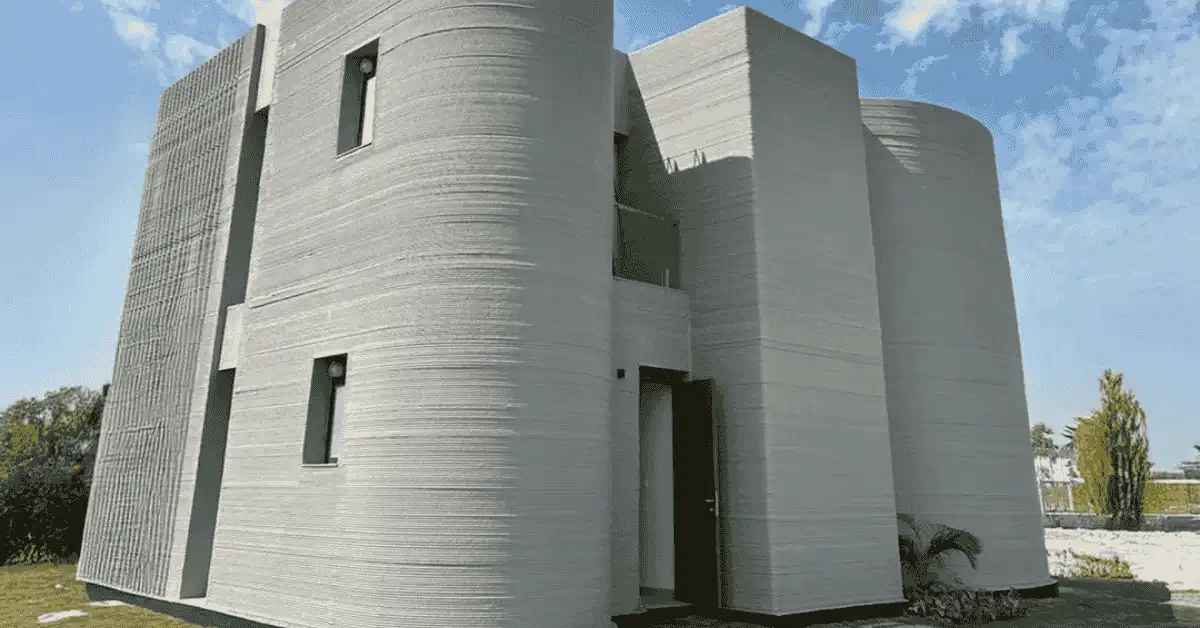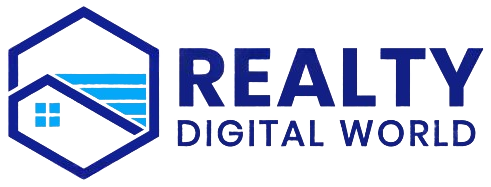3d-printed villas reshape indian luxury housing
Updated on IN 3D printing, also known as additive manufacturing, represents a significant innovation in construction technology. It involves building structures layer by layer from a digital design, using materials like concrete, polymers, or composites. This method offers several advantages over traditional building techniques, including faster construction times, reduced material waste, and the ability to…

3D printing, also known as additive manufacturing, represents a significant innovation in construction technology. It involves building structures layer by layer from a digital design, using materials like concrete, polymers, or composites. This method offers several advantages over traditional building techniques, including faster construction times, reduced material waste, and the ability to create complex and customised designs. The process typically involves a large-scale 3D printer that extrudes material according to a computer-aided design (CAD) model.
The concrete mix used in 3D printing is specially formulated to ensure it can be easily extruded, maintain its shape after printing, and achieve the necessary strength and durability. The precision of 3D printing allows for intricate architectural details and the integration of features like curved walls and unique patterns, which are difficult and costly to achieve with conventional methods. This technology is revolutionising various sectors, and its application in luxury housing is gaining momentum, especially in regions like India where rapid urbanisation demands efficient and innovative construction solutions.
The Godrej Properties villa, built in collaboration with Tvasta, exemplifies the potential of 3D printing in India. The villa was constructed with sustainable building practices. This achievement demonstrates that 3D printing can deliver high-quality, bespoke homes with greater speed and precision, which could reshape the future of affordable luxury and the broader real estate market. This approach is aligned with the growing demand for environmentally friendly construction methods and customised living spaces.
Luxury Housing Market
The introduction of 3D-printed villas into the Indian real estate landscape signifies a notable shift in the luxury housing market. Traditionally, luxury homes in India have been synonymous with sprawling layouts, premium materials, and bespoke designs achieved through conventional construction methods. However, the emergence of 3D printing as a viable construction technology is challenging these norms, offering a new paradigm for creating high-end residences. This innovation caters to a discerning clientele that values not only opulence but also cutting-edge technology and sustainable building practices.
The appeal of 3D-printed villas lies in their ability to deliver highly customised and aesthetically unique homes within a shorter timeframe compared to traditional builds. This resonates particularly well with affluent homebuyers who seek exclusivity and personalised living spaces. Furthermore, the potential for reduced material waste and improved energy efficiency aligns with the growing demand for eco-conscious luxury. As awareness of 3D printing and its benefits increases, it is expected to become an increasingly attractive option for developers and buyers alike, driving further innovation and adoption within the luxury housing segment in India.
While still in its early stages, the impact of 3D-printed villas on the affordable luxury segment is becoming evident. The speed and efficiency of this construction technology allow for quicker project completion, potentially reducing overall costs and making luxury homes more accessible to a wider range of buyers. This, coupled with the design flexibility and sustainable building options, positions 3D printing as a game-changer in the Indian luxury housing market, offering a compelling alternative to conventional construction methods and redefining the standards of premium living. The demonstration project by Godrej Properties serves as a proof of concept, showcasing the potential of 3D-printed villas to reshape the future of Indian real estate.
Sustainability And Affordability
One of the key advantages of 3D printing in construction is its potential to contribute to more sustainable building practices. Traditional construction methods often generate significant waste through material offcuts and inefficient processes. 3D printing, with its precise application of materials, significantly reduces waste by using only the exact amount required for each layer. Furthermore, the technology allows for the use of eco-friendly concrete mixes, incorporating recycled aggregates and alternative binding agents, thus lowering the carbon footprint of the construction process. This aligns with the growing global emphasis on environmentally responsible construction and appeals to increasingly eco-conscious consumers in India’s luxury housing market.
While 3D printing initially appears to be a high-tech, premium solution, its long-term potential for affordability is significant. The reduced construction time, lower labour costs, and minimised material waste can collectively lead to substantial cost savings. As the technology matures and economies of scale are achieved, 3D-printed villas have the potential to become a viable option for affordable luxury housing in India. This could democratise access to high-quality, custom-designed homes, bridging the gap between luxury and affordability. The initial investment in 3D printing equipment is considerable, but the operational efficiencies and long-term cost benefits make it an attractive proposition for developers looking to innovate and disrupt the market.
The combination of sustainable building practices and the potential for affordable luxury positions 3D printing as a transformative force in the Indian construction industry. The innovation offers a pathway to create homes that are not only aesthetically pleasing and technologically advanced but also environmentally responsible and economically viable. As more companies adopt this technology and refine the processes, the benefits of 3D-printed villas will become increasingly apparent, driving wider acceptance and adoption across the luxury housing sector and beyond. The pioneering work of companies like Godrej Properties and Tvasta is paving the way for a future where sustainable and affordable luxury is within reach for a broader segment of the Indian population, thanks to 3D printing construction technology.
